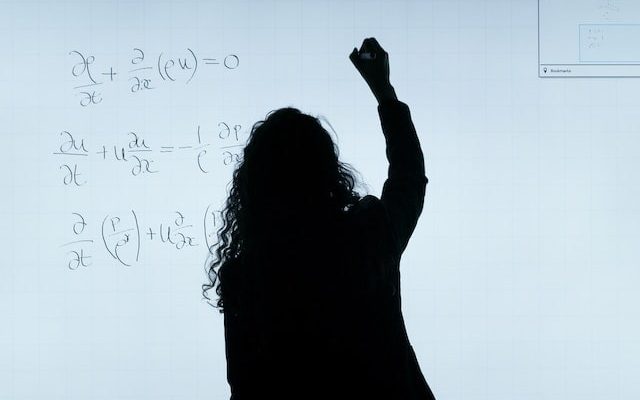
Dancing with Mathematics: The Mesmerizing Intersection of Dance and Mathematical Patterns
Many people’s mental images of mathematics consist of a strict universe of numbers and formulae. It appears at odds with the fluidity and flexibility that characterize dance as an art form. However, the union of these two apparently unrelated fields is surprisingly harmonic, producing a fascinating symphony of motion and mathematical patterns.
The Rhythm of Mathematics in Dance
Dance is an art form that incorporates mathematical ideas in a complex way. Think how the beat of dance illustrates mathematical patterns in real life. Rhythm is the continuous pulse that governs the time of every step in a dance, just as counting is in mathematics, like playing the casino Bern jackpot or a similar game of chance at a casino. To succeed, you need to take calculated risks rather than blind shots in the dark. Patterns and probability play fascinating roles in both instances.
The Geometry of Dance
The dancing floor serves as a live, interactive geometry whiteboard. A dancer’s body, in relation to both themselves and their environment, produces an ever-changing panorama of forms, angles, and lines. Dancers can increase the power of their performances by using their bodies as a canvas on which to paint various forms, angles, and lines. They need to be aware of the angles they produce with their body to create interesting and accurate forms.
Every stance and motion creates a unique geometric pattern. Similar to how online Swiss casinos use strategically placed barriers to control the flow of customers, dancers use movement and positioning to create visual harmony. The beauty of mathematical symmetry is on full display in the dancer’s body as it moves.
Dance Choreography and Mathematical Patterns
Choreographic patterns are essential to the success of any dance, from the ancient Saman dance of Aceh, Indonesia, to the most cutting-edge ballet. The dancer follows these patterns to learn the routines and keep time with the group. Dancers, like gamblers, try to anticipate their next steps by looking at the choreography as a whole. So, dancing is an application of mathematical problem-solving and prediction algorithms in the actual world.
The Creative Application of Math in Dance Education
The synergy between dance and mathematics is very effective in the classroom. Using dancing as a medium to illustrate mathematical topics helps students better grasp and enjoy the material. It’s good for both the right and left sides of the brain since it allows for free expression and mental challenges. It’s a lot like hitting the jackpot at a real money casino online: it takes a combination of skill and chance to win big.
In a time where science, technology, engineering, and mathematics (STEM) are prioritized, combining dance and mathematics is a novel way to get a more well-rounded education. Like the thrilling atmosphere of a casino, where one weighs the risks and rewards of their actions, learning takes on a sense of adventure and discovery.
Case Studies and Examples
- “Dancing Statistics” Project: This initiative aimed to teach statistical concepts through dance movements. For example, concepts like correlation and variance were illustrated through choreographed routines, helping students visually and physically understand these statistical ideas.
- “Choreometrics Project”: Developed by anthropologist Alan Lomax, this project analyzed dance styles from various cultures to understand patterns and differences. It applied mathematical models to study how dance elements like body movement and group dynamics correlate with social structure and human environment.
- Wayne McGregor’s Choreography: Renowned choreographer Wayne McGregor has collaborated with cognitive scientists and mathematicians to explore how algorithmic processes can inform dance choreography. He uses these collaborations to generate new forms of movement based on rules and patterns derived from mathematical algorithms.
Final Thoughts
The beautiful interplay between dancing and mathematics illustrates how numbers and motions can create a sense of harmony. It’s a reminder that education doesn’t have to follow the same rigid rules as everything else in life; it can be as dynamic and thrilling as a dance or a game at the casino. It is important to approach this wonderful confluence with a level head, understanding both the science and the beauty of the process, just as you would while playing casino games properly. Math is ultimately more than just a discipline; it’s a language everyone can dance to.
While the combination of dancing and mathematics is fascinating, we must not forget the need to keep our interests in check. Similar to playing the jackpot at a casino, success depends on balancing the excitement of the moment with an understanding of the rules. Let’s celebrate the hypnotic tempo of this unique alliance by dancing with math.